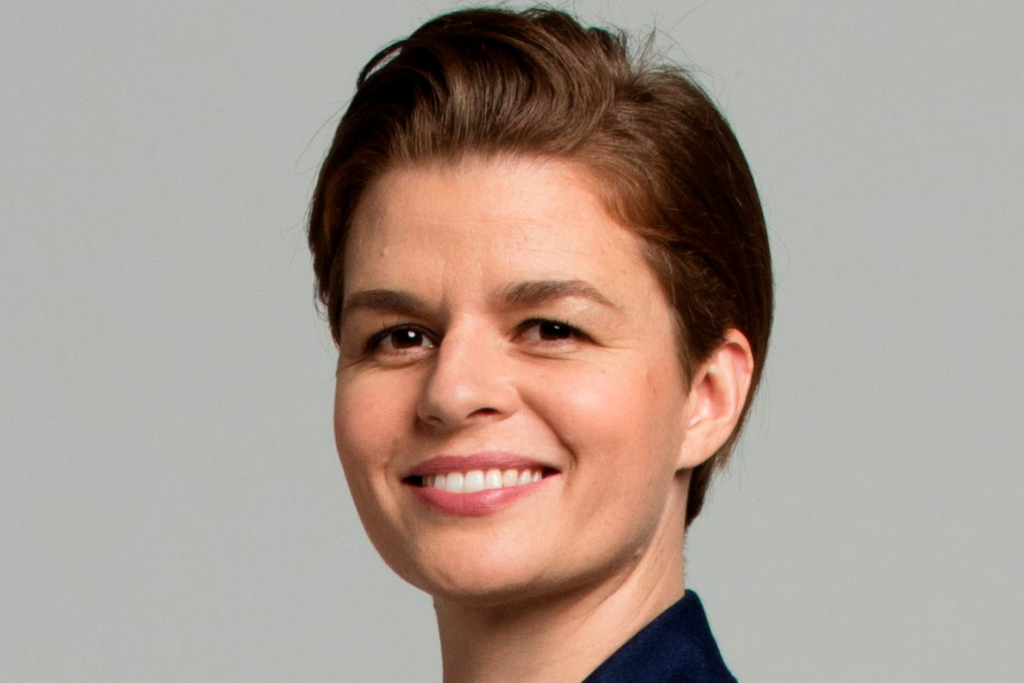Think of a ‘traditional’ philanthropist, and most of the famous, celebrated names which come to mind are likely to be male.
But as a roundtable meeting convened by Governor-General Sam Mostyn last week highlighted, women have played a major role in Australian philanthropy and continue to inspire each other, driving momentum to expand charitable giving across all sectors of society.
We can see this ripple effect throughout our history. Take Eliza Hall, who after the death of her husband Walter in 1911, decided to use the family’s wealth to establish a medical research facility with the aim of being a birthplace of discovery for all humankind.
The Walter and Eliza Hall Institute gave Australia its first Nobel Prize winner in Sir Frank MacFarlane Burnett, but also touched a chord with a young Vera Ramaciotti who was inspired decades later to use the proceeds from the sale of Sydney’s Theatre Royal for the greater good.
She established a charitable trust, with the first grant going to the Walter and Eliza Hall Institute. A few years later, Ramaciotti’s foundation would provide a grant to enable Professor Graeme Clark to complete the prototype of the first Cochlear implant.
The power of influencing and inspiring others through generosity is instructive as we collectively seek to double philanthropy in Australia by 2030, an ambition supported by the federal government.
There is a clear need to grow our giving. Today there are 3.3 million Australians living below the poverty line, including one in six children. Over 122,000 people are facing homelessness on any given night, with service providers facing enormous challenges to provide support to those who need it.
While there are deeper structural issues at work here, it is clear that we can do more both as individuals and collectively. Tax data reveals that Australians’ philanthropic efforts lag behind our international counterparts – fewer than half of Australians with a taxable income over $1 million give to charity and receive a tax deduction, compared to 90 per cent in the US. Furthermore, the proportion of Australian taxpayers who report any charitable donation has been tracking downwards since 2010-11.
To shift this trajectory, women from around Australia are coming together through the She Gives campaign to discuss ways to mobilise greater giving in Australia and to celebrate and encourage giving by Australian women.
Why women? Because evidence shows that the dominant image of philanthropy has been a narrow one, largely focused on men who give generously and publicly. Yet there are innumerable inspiring untold stories of women around the country who are giving their time and their wealth, their knowledge and experience to drive positive impact.
She Gives is shining a spotlight on these stories to celebrate women’s giving, and to empower and motivate more women to join a growing philanthropic community that fosters systemic social change.
We should be bolder in our purpose as a nation. This is a unique moment in time with an enormous intergenerational wealth transfer taking place, and we have an opportunity to share a vision for how we want our communities to benefit.
In my experience, those people who talk about wanting to leave a legacy are rarely talking about purely money. They want to help contribute to a world that is better than the one they came into and better than the one they are leaving behind.
Whether your gift is large or small, whether it is through time, talent or treasure – the flow-on effect can last a lifetime. Significantly, the rise of community foundations and Private Ancillary Funds over the past decade shows growing interest in collective giving and giving locally for visible impact in local communities.
At a time of such need for many Australians, reaching out with care and generosity reminds us that the essence of philanthropy is a shared commitment to lifting each other up. By inspiring each other to do more, we can drive the ripple effect further for a tide of positive change.

